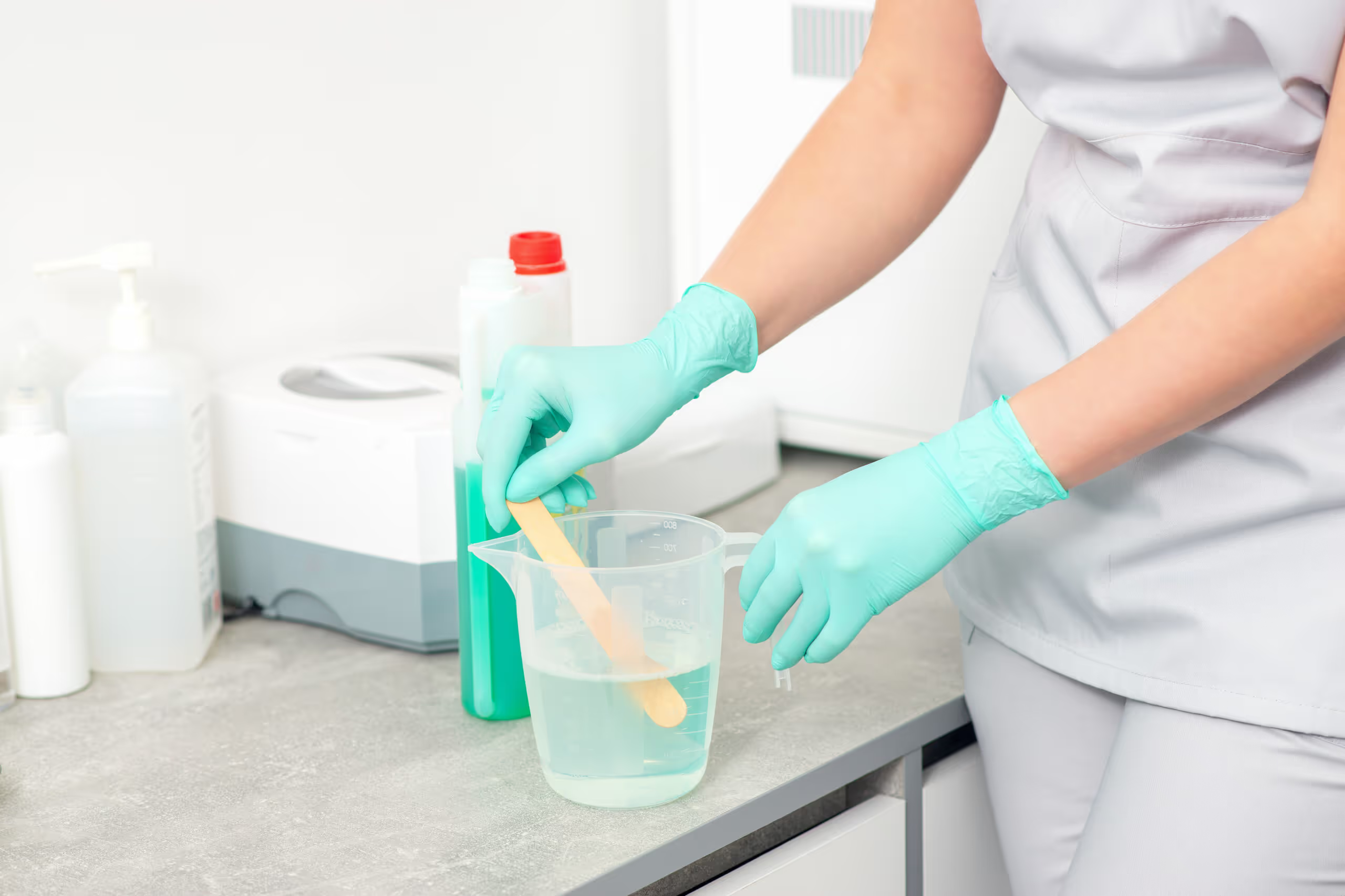Science of Cleaning: Understand the Cleaning Process

The Science Behind Cleaning
Studies show that a clean and tidy environment is better for our mental health. Stress levels increase when we work in an unclean and messy space. To ensure that your office space is as ordered and as clean as possible it’s important to understand more about the process of cleaning.
As well as making our working environment more ordered, it is also about identifying, confining, and removing dirt, germs, stains, and other unwanted substances.
If you find yourself going into the cleaning process in more detail, you will discover there is much more to it than meets the eye.
Scientists have written studies on how cleaning works, the difference it makes to an environment and how the different cleaning agents work to efficiently remove germs and dirt.

Why It Is Important to Understand Cleaning
You can look at the cleaning process in two ways. Either it is just a function – a series of tasks that are undertaken like dusting, vacuuming and rubbish removal; to make an office look clean and tidy. Or it is more than that, a process that involves science and how different processes and methods create the best possible, most hygienic place of work.
Cleaning methods, techniques, and chemical products have adapted throughout the years. Having a more in-depth understanding will prevent your company from making cleaning mistakes such as using the wrong products and techniques for various surfaces and objects. Click here to view our blog about commercial carpet cleaning techniques.
So providing your cleaning team with cleaning agents and cleaning tools is not enough. A good cleaning company will help its employees understand the science behind the cleaning process to help ensure high standards of cleanliness and safety at work.
The pH Principle of Cleaning
So what’s the science behind the cleaning process?
Germs and dirt need to be removed and that is the purpose of cleaning, however in order for that to be achieved successfully, it can necessitate the altering of the pH levels (essentially their chemical state) to do so.
Depending on the surface, the type of substance present and the required results, using a solution with the correct pH and chemical makeup for the task, can make your cleaning process successful. By applying a cleaning product to a surface, it creates a chemical action that will dissolve the surface pollutants.

Disinfectants
Disinfectants such as bleach and other chemical liquids play an important part in any cleaning regime. They contain the ability to destroy bacteria and germs when applied correctly.
These products will not remove the dirt and grime from a surface, so it’s important to clean these off first, before applying disinfectant.
Disinfectants work primarily by breaking down any nasty viruses, bacteria and any other pathogens found on office surfaces. Some disinfectants will need to be left on a surface for a few minutes, according to the manufacturer’s instructions, in order to work effectively, before being cleaned off.
Surface Protectants
After cleaning and disinfecting a surface the use of a surface protectant is advised. This will provide a layer of protection against germs and bacteria by forming a protective shell, will help to prevent cross-contamination and will reduce the amount of bacteria that can build on a surface between cleanings.
Depending on the product, this layer of protection can last a number of weeks on a variety of surfaces and is usually applied with a spray.
Time and Temperature
An effective cleaning program will also include an allowance for timing and correct temperature levels of the cleaning agents.
Increased temperature dissolves dirt faster and will make your cleaning more efficient. Heat also helps to destroy any active germs.
Timings are key too. It’s important to understand a correct cleaning procedure will always include a time element. Each step of a cleaning process takes time, and an allowance will need to be made for the time it takes for any chemical applied to a surface, to break down the substance before it’s then removed. If the chemicals are wiped off before they can take proper effect, this may mean an area needs to be cleaned more often.
Rinse and Removal
Cleaning should be followed by the rinsing and removal of cleaning products from surfaces, and drying to remove moisture and inhibit any survival and re-growth of germs and bacteria.
Being informed and knowledgeable about the science of cleaning is one of the keys to a successful office cleaning programme. If you are thinking about hiring a professional cleaning company for your workplace, why not check out our office cleaning services page?
Cleaning products have been developed by scientists to make them as effective as possible and if we don’t know how to use them properly it could be detrimental to our cleaning regime.
Also important, is to understand the why. An informed employee is an empowered employee. They will know why it is important not to cut corners when it comes to cleaning because it will have a knock-on effect on their workload, and rather than save time, it will mean they have to do the job again sooner, creating more work and stress.
They will also have a greater awareness of the importance of following procedures and how pathogens and germs can be successfully and efficiently removed. Check out our blog centred around maximising productivity with a clean office to have a greater understanding of the range of benefits that a clean office can bring to your employees.
Finally, this understanding will help to make your procedures as effective as possible both in terms of the time it takes and the cleanliness of your working environment.


